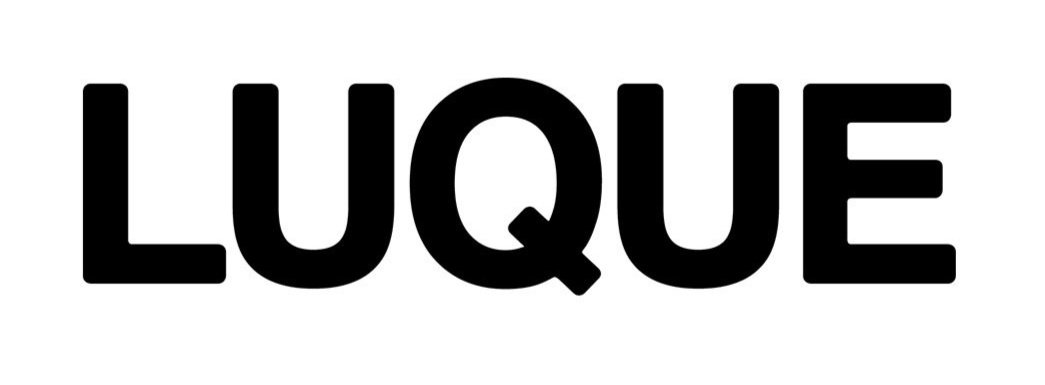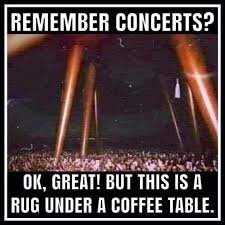A Guide to Reopening for Independent Artists and Venues
Last week, New York state announced arts, entertainment, and events venues may reopen April 2nd at 33% capacity. Masks and social distancing are still required, but crowds may reach up to 100 people indoors or 200 people outdoors. But with reduced capacity plus additional costs for COVID safety, will venues and promoters be able to sustain themselves? As the arts industries slowly begin to reintroduce live events and productions, what does this mean for independent venues, production companies, promoters, arts organizations, and artists? Here are some tips and resources to support reopening safely.
Federal Grants for Venues
Is it even financially viable to open your doors? There may be some federal financial support available to support the process in the coming weeks. At the close of 2020, the Economic Aid to Hard-Hit Small Businesses, Nonprofits, and Venues Act was signed into law establishing the Shuttered Venue Operators (“SVO”) Grant program. The program includes $15 billion in grants to be administered by the Small Business Association’s Office of Disaster Assistance. Eligible applicants include live venue operators or promoters, theatrical producers, live performing arts organization operators, movie theaters, museums, and talent representatives. Applications are not quite yet being accepted, but you can sign up to receive updates here and review full eligibility requirements here.
Before You Open
No matter which industry you’re working in, there are inevitably many details to consider post-pandemic. Before you open, think about how to best utilize your space given this new environment:
+ What essential activities must happen on site? Continue to think creatively about hybrid in-person and virtual events.
+ What is your new capacity? Keep in mind mandates vary by state and new capacity should enforce social distancing. Your true capacity may be even lower than that required by law.
+ How do people enter the space and exit? How do you control the flow of people to limit potential exposures? Consider reservations or selling staggered timed tickets to ease crowd control.
+ How do you enforce capacity limits when that time comes? Appoint a staff person to keep a live count of attendees and close the door when needed, being mindful of airflow constrictions.
+ How can you maximize ventilation access? HVAC systems are expensive but consider other low-cost air purifying options. Keep windows and doors open when possible.
+ How will you train staff members on new protocols? Put everything in writing and set aside the time to train everyone until they feel safe, comfortable, and invested in the new rules. Monitor staff closely at first to ensure accountability.
+ How will you communicate the new rules to guests? Add new signage in multiple locations. Be sure to set up a procedure for collecting personal details for contact tracing and add disclaimer language to confirmation emails or tickets to ensure guests abide by COVID safety procedures.
At the Event
We recommend requiring all attendees to complete both contact tracing and COVID questionnaire documentation. Make sure all staff have the tools they need to do this properly. Consider having attendees sign a waiver or add a waiver to your Terms of Use to get their acknowledgement of the risk of gathering in person in writing. You should collect, ask, and do the following:
+ Full name, address, phone number, and email address of at least 1 person in every party.
+ Require every attendee to answer some basic screening questions. Ask if they’ve experienced any of the following in the past 2 weeks:
- Have you or household member tested positive for COVID-19?
- Have you had a fever, sore throat, new loss of taste or smell, muscle aches, trouble breathing, or any other COVID related symptoms?
- Have you traveled?
- Are you caring for someone who has been diagnosed with COVID-19?
- Have you possibly been exposed to someone diagnosed with COVID-19?
- Do you agree to take proper precautions including wearing a face mask covering your nose and mouth and washing your hands often for at least 20 seconds?
+ At minimum, check temperatures. Consider if rapid testing all attendees before entry is a feasible option. This is not fool proof, but it helps.
+ Open doors earlier to account for the additional time it will take to perform these measures.
+ Post signage with reminders to wear a mask, wash hands, and social distance in several prominent spots including the entry way.
+ Appoint a staff member as a COVID compliance enforcer. Let them focus on enforcing mask wearing and social distancing as much as possible. In some industries, like film and media, a dedicated COVID compliance officer may be required. This means they cannot perform any other function other than COVID compliance.
This information does not, and is not intended to, constitute legal advice. All information, content, and materials are for general informational purposes only. No reader should act, or refrain from acting, with respect to any particular legal matter on the basis of this information without first seeking legal advice from counsel.

